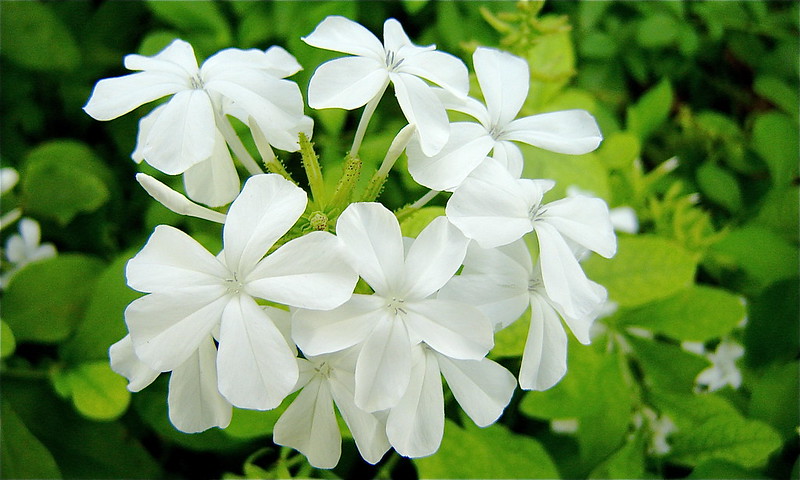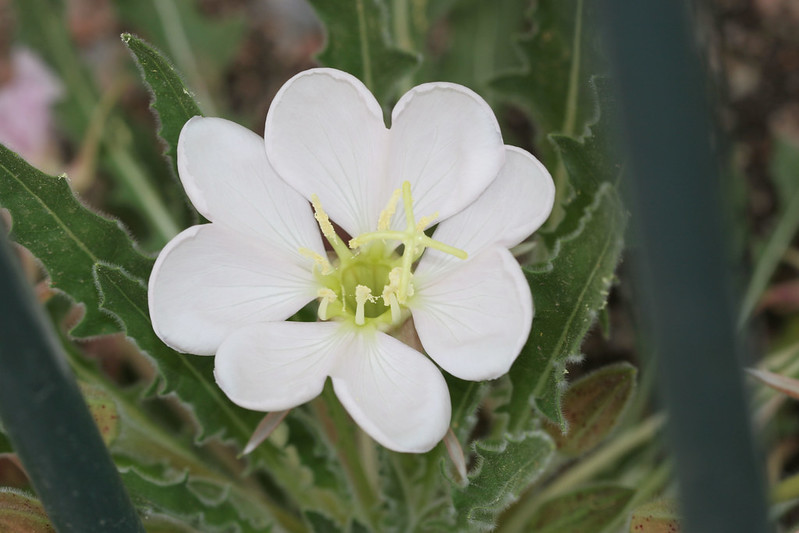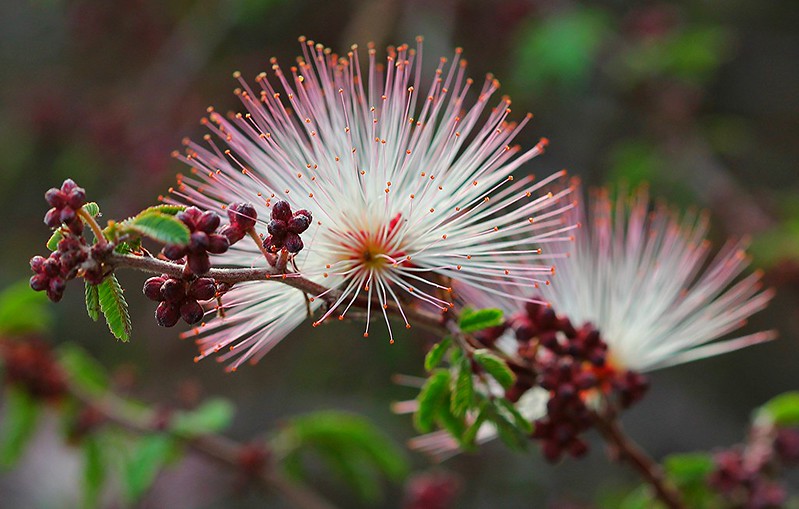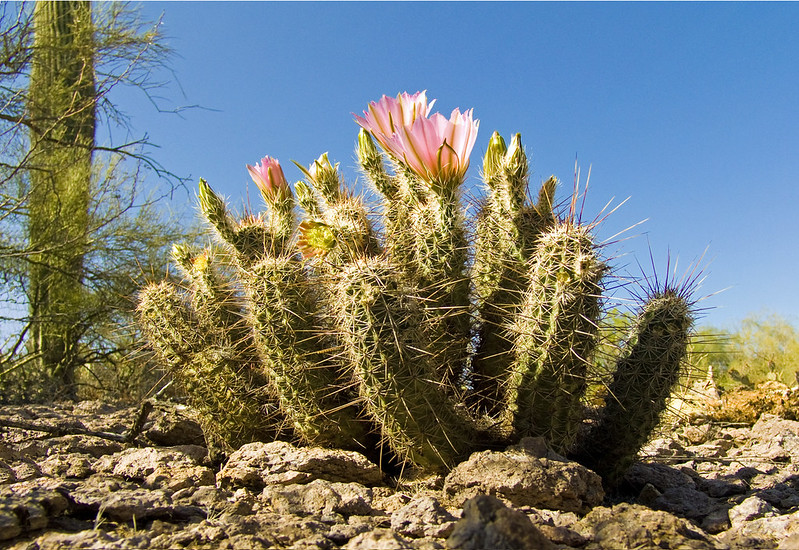5 Native Plants for Easy Gardening in Phoenix, AZ
BY KK | NOVEMBER 21ST, 2019 | ARIZONA, LANDSCAPING, LAWN CARE, PHOENIXPhoenix residents are actively seeking to preserve the natural landscape and its native plants. In addition to helping sustain our environment, these plants thrive in an arid climate and surround our homes with bursts of color and artistic shapes. Some native varieties are great plants to plant around a pool as well. We are spotlighting five native plants from the dozens that can decorate our outdoor spaces.
1. White Desert Plumbago
This sprawling perennial also known as plumbago scadens is showing up in more and more Phoenix gardens. The flowers, a startlingly bright white, are quite dramatic against the deep green of the foliage. The leaves are long and lance-shaped, a deep red as new growths, then green when they mature. They return to red during the fall and winter.
In Phoenix, the white desert plumbago prefers filtered or partial shade, which is pretty quirky for a native of the Sonoran Desert. It’s an easygoing plant all around: It’ll grow under trees or taller shrubs; climb fences, walls or trellises; or cascade from containers or hanging baskets. Plant them along the perimeter of your yard for an innovative and informal hedge.
2. Tufted Evening Primrose
Tufted evening primrose is a low-growing perennial with fragrant flowers that open at dusk, glowing white through the night, and then fade to pink and fold in the morning heat. The hairy, narrow leaves are gray-green on top and blue-gray underneath. They also fold up in the heat to retain moisture.
Like all native plants in Phoenix, the tufted evening primrose needs little water. However, if you water it moderately, you’ll be rewarded with flowers all summer. The flower’s petals are held above the base of the flower by a long tube that collects nectar. Night-flying hawkmoths love the plant. Their long, coiled tongues stretch far enough to reach the nectar.
Plant near a patio or porch so that you can view the fascinating transitions in the evening and early morning hours.
3. Feather Bush
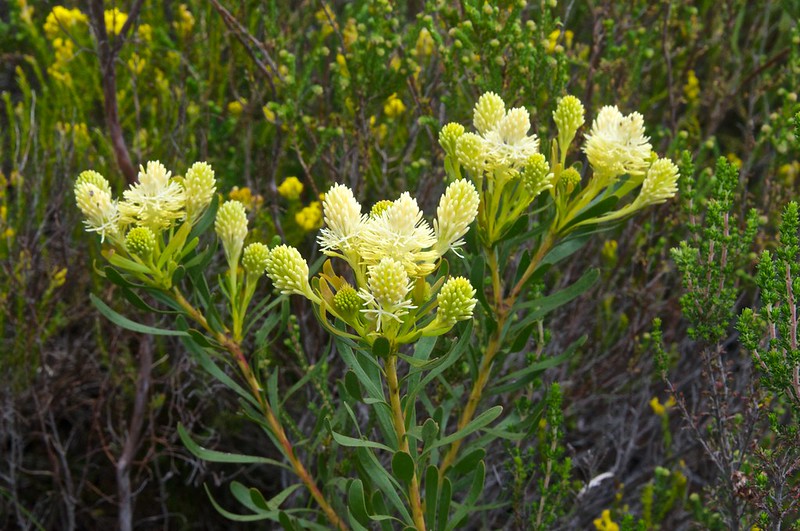
Also known as fern of the desert, the heat and sun-loving feather bush is a single- or multi-trunk tree that can reach a height of 12 to 15 feet and spreads to widths of up to 15 feet. Clusters of fragrant, creamy white puffballs bloom in early spring amid long, lacy leaves that resemble graceful green feathers.
Plant the feather bush around a pool or pond if you want to simulate an oasis, group it to create a natural privacy screen or bring a tropical ambiance to a patio or entryway. Wherever you plant it, you will be captivated by the colorful butterflies fluttering among the flowers and foliage.
4. Desert Fairy Duster
Also known as false mesquite, the fairy duster’s vibrant red flowers bloom most of the year, and in some areas, all year. The striking flower is actually spiky stamens that form puffballs. The delicate leaves are a deep green composed of tiny leaflets.
It’s an evergreen but may thin out during those very rare “cold spells” in Phoenix. But there is no such thing as “too hot.” Plant it where you’ve not been able to grow anything, such as in the full sun against a west-facing wall. You can plant it in partial shade, but you will not have anywhere near as many blooms. Hummingbirds flock to the shrub. Watch closely and you’ll also see some finches, wrens, and verdins.
5. Hedgehog Cactus
The hedgehog cactus is a low-growing succulent with short, spiny stems that resemble hedgehogs. All varieties of the cactus have magnificent blossoms that last five days in shades of pink or purple. They open in the morning and close at night.
Once the flowering is complete, the plant produces edible red-orange fruit with a fleshy white pulp that tastes like strawberry. At first, the fruit looks too dangerous to pick — the stems are densely covered with sharp spines, but the spines fall off as the fruit matures.
Even though the hedgehog cactus grows in sandy, rocky soil, and full sunlight, it also does well indoors near a sunny window.
Feature image source: Alan Levine / CC 2.0
